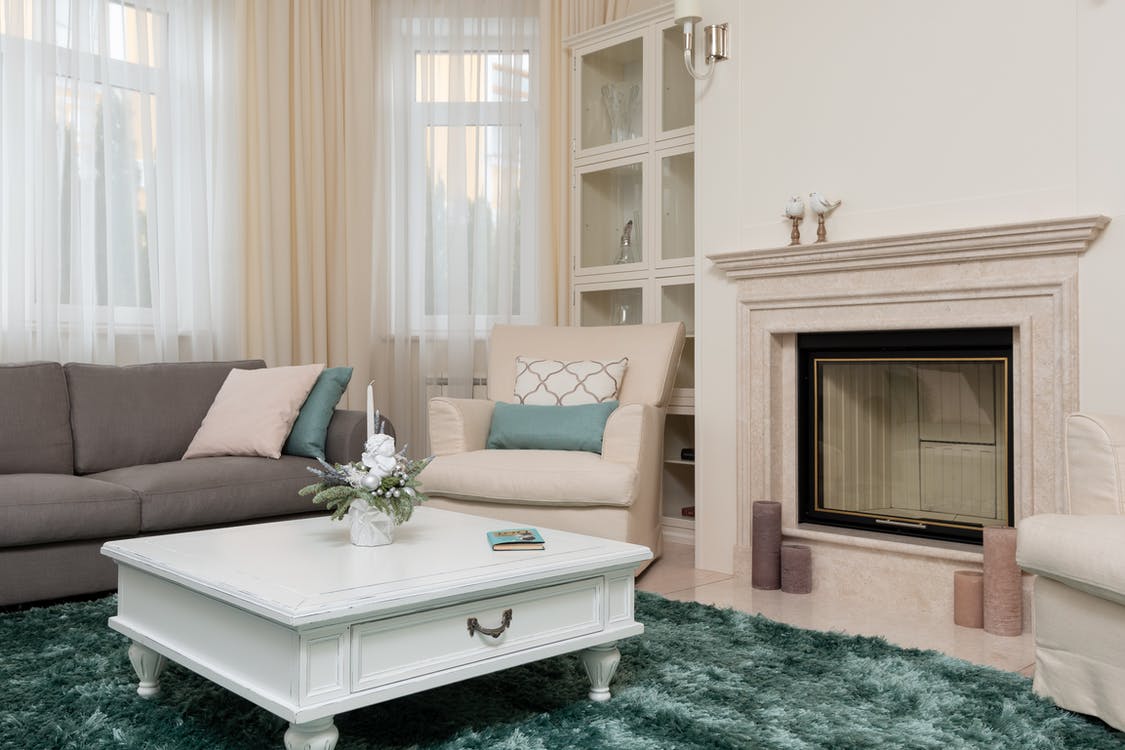Letting a fully furnished apartment can fetch you between 40% and 50% for short-term rentals, and 15% to 20% more for long-term ones. Both long- and short-term tenants generally prefer homes that contain all they need to live comfortably, including sofas, beds, dining tables and chairs, kitchen and laundry equipment, and similar. Landlords letting turnkey homes may also provide even smaller items and details, including towels, bed and table linen, crockery, cutlery, and indeed everything a renter would need to feel at home. What other benefits can landlords obtain from letting a fully furnished home, and what are some downsides?
Pro: Tax Deductions for the Cost of Upkeep
One big worry landlords can have is the possibility that tenants will damage or overuse furniture and equipment. There are tax deductions you can make on fully furnished rental properties, tough, including deductions for repair and maintenance (think a replacement for a component of the washing machine, new carpeting, or a new lick of paint). Talk to a tax consultant so are fully aware of exactly which types of maintenance services will be covered. For instance, if you replace a new roof, it may be classed as a capital improvement, in which case you will have to spread out your deduction over various years, classing it as depreciation.
Con: Maintenance Costs
Having to replace costly machinery is always a bugbear, especially if the damage cost is owed to faulty use. Tenants can occasionally treat expensive equipment like ovens, hobs, and washing machines less carefully than they would if these were owned by them. Take time to screen candidates before letting your property to them, test to see if they know how to use machinery, and provide clear instructions on how to use equipment with care. For instance, there are certain items that should not be placed in the washing machine, and the machine should never be overloaded. Harder items, such as washing machine friendly sneakers, bags, and similar accessories that can bang against the machine or get caught in its components, require specific care. These items should be placed in a mesh bag and washed on a gentle cycle. For younger tenants or those who have never rented a place out before, taking time to explain equipment functioning can make a big difference.
Pro: Less Damage During the Moving Process
Tenants who are moving can bring a host of items that can damage common areas (think elevators, walls, and corners). Moreover, basic issues such as ill-fitting kitchen equipment, furniture that scratches the floor or damages carpets, and too many items in your home can not only cost you money for repairs but also bother neighbors. This is especially true if your property is part of a community or HOA. Tenants moving into a fully furnished apartment or home do so quickly and are less likely to warrant HOA involvement, complaints, or fines.
Con: Some Tenants May Be Excluded
You may have the ideal family or individual for your flat or house, but not be able to accommodate their furniture items. If so, you can either refer them to cheap storage facilities in your area, or rely on this service for the home’s existing furniture. The costs of storage can be factored into the monthly rental, but ideally, you should find tenants who are interested in your home as is, to reduce the hassle and expense of dealing with third parties.
If you have a fully furnished home to let, you are likely to attract more tenants. You can charge more for your home and receive tax deductions for maintenance. Your furnishing and equipment will undoubtedly suffer wear and tear, but these are included in the rental fee and can be kept to a minimum by selecting responsible tenants and by explaining how to care for furniture and equipment.

